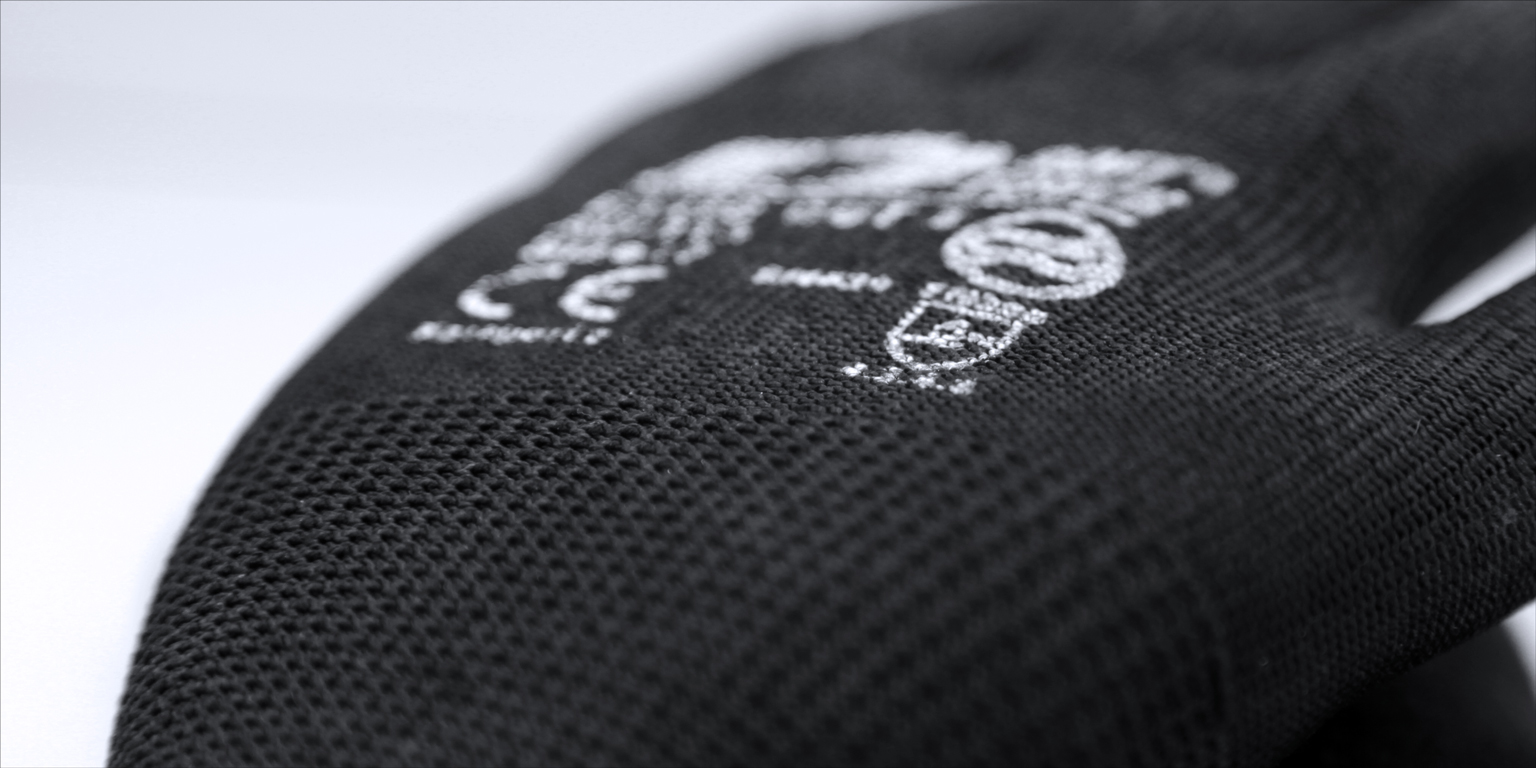Thinner gloves for better cut protection
Overall, work-related cutting injuries are decreasing. However, the minor cutting injuries may be increasing. Due to lack of effort and attention to the smaller risks, people are more often injured. The point I'm trying to make is this: even if the risks don't seem to be high, doesn't mean you should forget about protecting yourself.
Workers are often pressured by management to maintain detail oriented in a high paced work environment. Someone in their right state of mind realizes that sometimes these two don't mix very well. What management seems to forget is that injuries cost money too - and they're a lot pricier than protective gear and enough time for workers to be careful.

The problem
Gloves are one of those garments that people put aside because they're "in the way" when checking the work in detail. This is oddly paradoxical for us because that's exactly what we want them to be - in the way for those sharp edges to cut your hand. Nonetheless, we've taken your thoughts into account.

The solution
Knitted gloves are naturally thin and fitted for every handshape. They are sewn in one long thread, making it seamless all throughout. Mostly we use
Make sure to protect yourself and your staff. It'll cost way less than medical expenses and it'll keep everybody happy.
Have you seen Fusion? One of our thinnest gloves with level 3 cut protection.
By the way - if you need an update on how to read the pictogram for EN388 that shows levels of cut protection, click here.

